Exploring Geothermal Energy Potential with Reduced Order Modelling + Joint Probabilistic Inversions
Please login to view abstract download link
Superhot Rock Geothermal Energy (SRGE) has immense proven potential as a baseload electricity source, making it a crucial component of a safe and sustainable transition to clean renewable energy [1]. However, exploring for deep SRGE presents significant challenges to traditional geophysical inversions, particularly in obtaining reliable subsurface temperatures and permeabilities at depths greater than 2-3 km. Yet, these parameters are critical for assessing resource viability and guiding drilling decisions in regions with deep geothermal systems. Here we report results on a novel approach that combines multi-observable probabilistic inversion [2] and reduced order modelling [3] of diffusion-advection porous flow to characterize the potential of a region for deep geothermal energy production. More specifically, a reduced order model of the coupled energy-mass-momentum conservation equations of 3D porous flow is created using FEM and the Reduced Basis Method. The gain in computational efficiency obtained from the reduced order model makes it practical to tackle the high-dimensional inverse problem with McMC-driven algorithms. Rather than training the reduced order model in an off-line stage, we train it on-the-fly during the McMC-driven joint inversion of multiple geophysical datasets [4]. The result is a multi-parameter probabilistic model of the subsurface, including temperatures and permeabilities, which provides an enhanced and more reliable exploration tool for SRGE resources.

